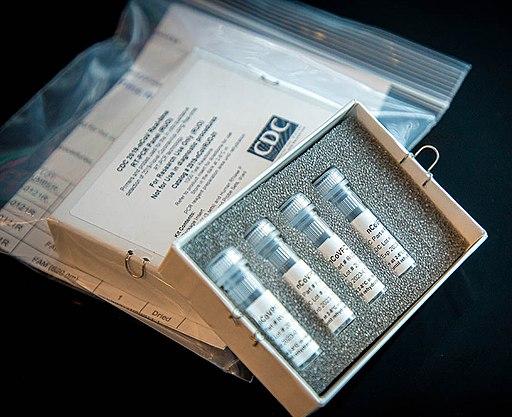Some medical pundits and subsequently, the media are raising concerns about the actual percentages of those errors. Still, I would argue that at the moment, most of that discussion, however well-intended, is unimportant.
First, let’s consider the COVID-19 clinical trajectory for a general population. Based on the current data, about 25% of infected individuals are asymptomatic. 80% of the remaining infected individuals (60% of the total), will have a benign “flu-like” experience and can remain home. The remaining 15% of individuals will require hospitalization for their symptoms, shortness of breath being the primary symptom triggering admission. Of those patients, an unclear percentage requires mechanical ventilation - a particularly depressing statistic is that half or more of these patients succumb to COVID-19.
In locations with younger demographics, these numbers will shift more towards the asymptomatic or mildly symptomatic. In areas with older and at-risk populations, the numbers change towards hospitalization and mortality.
False Positives
The current test identifies RNA associated with COVID-19, and when positive, based upon deep nasal or respiratory samples, indicates that the patient is infected with COVID-19. Since there is no specific treatment for COVID-19, subsequent care is based on a patient’s current symptoms or risks. For 85% of infected individuals, those with no or mild symptoms, a positive test triggers isolation precautions and tracking of their contacts. The remainder is hospitalized, and their symptoms treated.
In this setting, a false positive will require you to be “unnecessarily” isolated and concerned. For many, the disruption of the isolation will take a back seat to the psychological trauma of having “the virus.” In normal times, the excessive worry engendered by a false positive is often compounded by what is, by hindsight, excessive testing. For example, a false-positive mammogram will result in a biopsy in addition to the worry. But in these times, while not minimizing the concern, the real cost to a patient is low; there are greater costs to the health system in unnecessarily tracking the contacts of the false positive.
For these reasons, and at this time, considering everyone to be possibly infected and taking appropriate isolation precautions is not unwarranted. That is the role of social distancing, staying at home, and covering your mouth and nose when you absolutely have to be outside. In a few weeks, as the surge abates, a false positive test may have additional downside consequences.
“patient isolation that might limit contact with family or friends and may increase contact with other potentially COVID-19 patients, limits in the ability to work, the delayed diagnosis and treatment for the true infection causing the symptoms, unnecessary prescription of a treatment or therapy” [1]
False Negatives
In our current circumstances, a false negative test will needlessly expose others to an infected individual and perhaps delay treatment for the patient with the false-negative test. Of the two possibilities, the needless exposure of others is the more significant problem and will hamper the tracking of contacts. Again, assuming that you are infected and practicing self-quarantining, social distancing, and covering your mouth and nose when you absolutely must go out will reduce, but not eliminate that risk. Since treatment for most individuals is supportive, a delay in diagnosis, at this juncture, will simply be a delay, with few adverse consequences.
As with any testing, the clinician’s index of suspicion, their belief that you have a disease or not, will influence their interpretation of a negative test. Becoming symptomatic or more symptomatic, e.g., shortness of breath, will trigger re-evaluation and appropriate intervention.
This moment
At this point in COVID-19s growth, our primary goal in testing is not solely to inform treatment; it is surveillance and identification of infected individuals, the vectors spreading the virus. From a public health perspective, false positives waste valuable time, and false negatives provide an opportunity for more infections. From a personal perspective, testing will provide more worry or peace of mind than specific treatment. As the surge continues, healthcare is in triage with only the symptomatic at-risk hospitalized. For the rest of us, we should assume that COVID-19 is alive and well all-around us and take appropriate precautions, isolation, social distancing, and now masks.
As the surge abates, and it will, the value of testing will shift, and it’s role in stamping out “spot fires” and clusters of recurrence will grow. If we, as patients, assume that we all might be infected, then there are few downside risks, at this juncture, to a false negative or positive, so whether the false-negative rate is 5% or 10% remains a statistical exercise. The last word goes to Yogi Berra, “In theory, there is no difference in theory or practice. In practice, there is.” [2]
[1] FDA Fact Sheet for Healthcare Providers
[2] Once again, we learn that the quote is mistakenly attributed to this Yankee hero. It has been attributed to Einstein and a citation in a computer programming book.




